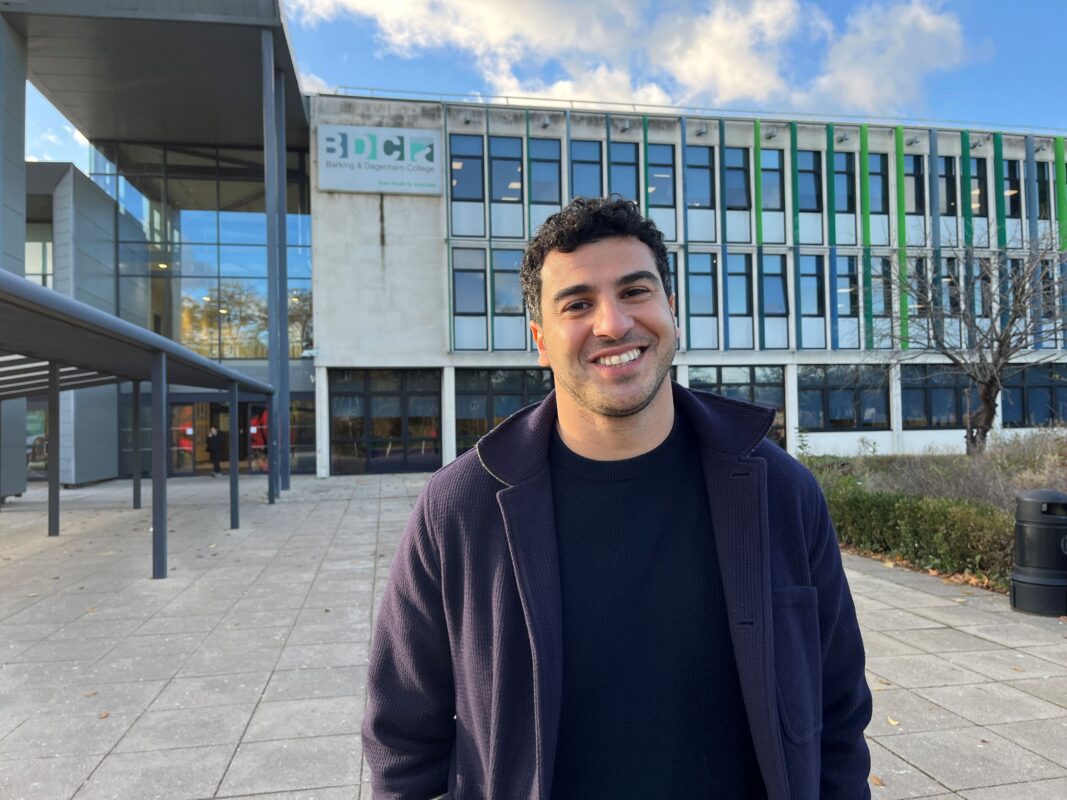Institutional Design for Widening Participation

Alternative Providers
A successful alternative higher educational institution reflects a design that was once thought of by a selective group of people coming together. A design is not only about the layout of the college, its classrooms, and appearances, it can also be a reflection of what your institution stands for, its learning culture, structure, visions, aims, strategic growth sets, and all the stakeholders that are impacted by the institution’s successes and failures. In an educational institution, we tend to say that our students are our main stakeholders, but do we really understand what that means? Does our institution truly reflect that in its design?
A design can be built to reflect your organizational structure and ethos. For example, if an institution says that they are a Widening Participation college, they should ask themselves if their daily activities in all departments reflect Widening Participation. This includes (but is not limited to) networks, collaborations, student support, interventions, financial aid, employer engagement, and participation throughout the different stages of the student life cycle. Are their current teaching and assessment activities supporting progression into different levels leading to completion of a degree with students progressing into a further higher learning course like a Masters or graduate employment? These are important questions that all institutional staff should reflect on.
The growth of university partnerships has led to several independent higher education institutions recruiting social mobility students, with the aim of encouraging Widening Participation through their student journey. This in itself requires institutions to reconsider the design of their institution and build strategies within the institution that encourages and reflects Widening Participation.
When considering the design of an institution, senior management would need to collaborate and include members from all the functions and academic departments to share their views on how they can work together to encourage participation throughout the different stages of the student life cycle. These strategies are developed to build a Widening Participation design and are a true reflection of what the institution stands for and its culture.
Tips for building an Institutional Design for Widening Participation
There are things that an alternative provider can do to create and develop a true culture for Widening Participation, giving an institution its own design by:
- Having a Widening Participation team i.e., Director of Widening Participation, Widening Participation Manager, Widening Participation administrators.
- Senior management team sharing their views on Widening Participation with the whole organization, taking on board the views and beliefs of every member of staff and creating a defined statement on their collective views and beliefs for Widening Participation.
- Training agents on Widening Participation and the type of social mobility recruitment strategies that they would like the agents to employ in recruiting students from all government criteria groups, not just mature students.
- Having all departmental and functional heads reflect on the levels of interest and influence that their department has on Widening Participation.
- Designing departmental strategies for Widening Participation that encourages a successful experience throughout the student life cycle.
- Having the Academic department develop several strategies and collaborate with the many integral departments within an educational institution. These includes Student Recruitment, Student Engagement, Employer Engagement, Library Services, Student Finance, Marketing, and Information Technology.
- Having the Academic department think of pedagogy that best fits their student profile and develop new courses accordingly.
- Having the Academic department develop more accessible courses, not just foundation year courses. This should meet the different groups of students stated under the government criteria for Social Mobility and Widening Participation.
- Having the Academic departments raise aspirations through student competitions, group assessment competitions, celebration events, or multinational corporation engagement in live assessments and projects.
- Regularly measuring the success of strategies implemented by departments for Widening Participation in line with student progression, outcomes, and graduate employment.
- Employing an aspiration test to measure the increase or decrease in student aspirations over the course of the degree program.
Benefits of implementing a Widening Participation Design
There are several benefits that an institution can gain by implementing a Widening Participation design, this includes (but is not limited to):
- Growth in student progression data
- Progression also leads to profitability for each cohort intake (example: 100 students’ intake in February cohort in year one equals to £925,00 a year. On completion of four-year course with no student dropouts and 100 students progressing each year should account for profitability around £3,700,000 for that cohort, for the overall four years of the course).
- Student centric culture and image
- Better reputation of the institution amongst all stakeholders
Institutional design for Widening Participation Course Training Details
The author of this article has a deep passion for Widening Participation and has designed a CPD-accredited training course called ‘Institutional Design for Widening Participation’ to encourage participation throughout the whole student life cycle.
Our signature course ‘Institutional Design for Widening Participation’ is a one-day course (5- hours) that explores the following by using a range of reflective questions around Widening Participation that can help an institution to:
- Set a Widening Participation culture.
2. Identify the relationship between Widening Participation & Social Mobility.
3. Develop recruitment strategies for all government target groups.
4. Review your institutional approach to Widening Participation.
5. Set a road map to create an institutional design for Widening participation that includes all departments.
6. Measuring the success of Widening Participation by developing departmental strategies.
By Sheena Bahra QTLS, DTLLS, MA, MSc, BSc hons, Managing director, www.sbseel.co.uk











Responses